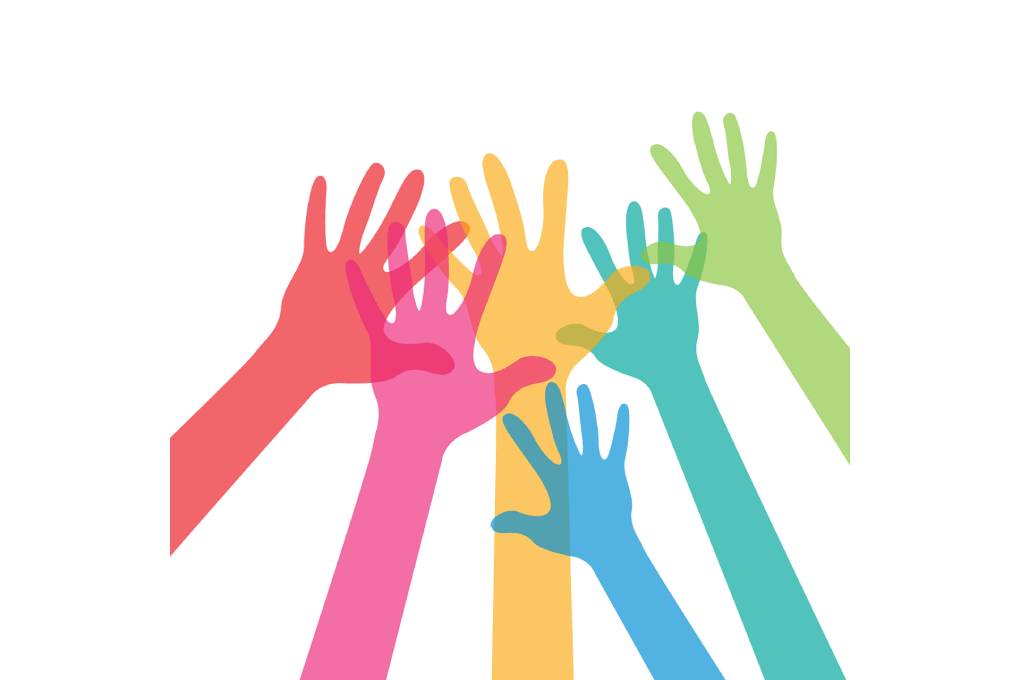PSYCHOLOGY OF COLOR IN MARKETING

Surely you have a favorite color. We all have it. The yellow? Surely it transmits positivity and joy. Red passion, or green hope?
Your special color will be present in many of the garments in your wardrobe, the cover of your mobile, and even in the decoration of your home. However, when designing the logo and the corporate aesthetic line of a brand, we should not only go by this color that we like so much.
We must bear in mind that in all cultures there are connotations associated with colors , which make us interpret them linked to some meanings or others. This is what is known as color psychology.
Table of Contents
COLOR PSYCHOLOGY
Colors are associated with different subjective connotations, which influence our perception.
It is no coincidence that many people associate white with cleanliness, black with death, or red with passion.
The same thing happens when we talk about warm colors or cool colors . While red, yellow or orange are interpreted as warm colors, blue or green are understood as cold. Why is this important? Because this implies a direct relationship with the seasons. In general, summer reminds us of vacations, the beach, and disconnection. Winter to rain, cold, short days and routine. Almost immediately, and almost without realizing it, our minds will associate the color yellow with those days at the beach, and the color blue with a rainy winter day. Therefore, seeing one object or another can transmit positive or negative sensations, joy or happiness.
From the moment that a color can make us happy, sad, or even calm or irritate us, we can affirm that the psychology of color influences our emotions and our mental state.
THE INFLUENCE OF COLORS IN MARKETING
When designing a logo and choosing its color, it is not enough to choose the one we like the most. We must take into account the meanings associated with each color to choose the most appropriate for our business.
The color of our brand will influence the message we send to the consumer. The same happens with a store or any commercial space, where we can influence the user’s desire to buy according to the tonality of the decoration of the premises.
We must not only take into account the association that we make in our culture. The psychology of color occurs in all cultures, but not all cultures interpret colors in the same way. Studying the variations that exist in interpretations from one culture to another is essential if our brand operates in different countries or continents.
ASSOCIATIONS AND MEANINGS OF COLORS
We already know that colors influence our perception, our emotions and our actions. Now we must know how each color acts on us, depending on the meanings that are implicit in our culture.
YELLOW
As a warm color , yellow is associated with summer , and with it, with the sun , happiness , energy , light . Many restaurants, food and beverage brands use it because of its dynamism and joy, it can influence appetite.
Likewise, in its golden hue , wealth , power and abundance are concepts that immediately come to mind when we see it.
Also related to strength and action , most associations of yellow are positive. However, this color is also associated with negative emotions such as anger or betrayal , so the presence of excessive yellow can be irritating. For this reason, when decorating an establishment, it is recommended to use yellow on small surfaces.
ORANGE
The warmth of the orange color is undeniable. It immediately transports us to a sunset.
Orange is also related to youth , dynamism , fun , vitality , and modernity . For this reason, it is the preferred color of brands that target a young audience , attracting them for their desire to enjoy and have fun.
RED
That red is associated with passion is a well-established idea. In fact, red is often referred to as ‘ passion red’.
Red is associated with passion , sensuality , stimulation , revolution , strength , sex , and also danger . This is because we can find its tonality in wine , roses , lips , fire, and of course, in blood.
These associations mean that red is accompanied by feelings of daring or bravery . It is even proven that when we wear red, we share ourselves in a more daring way, and that undoubtedly, we attract more attention from others.
Also Read: How Brands Should Work With Children ‘Influencers.’




